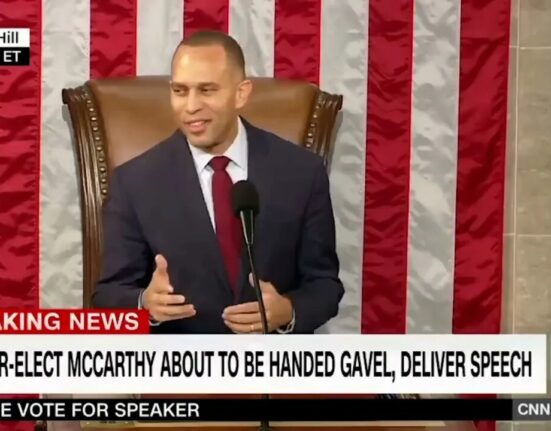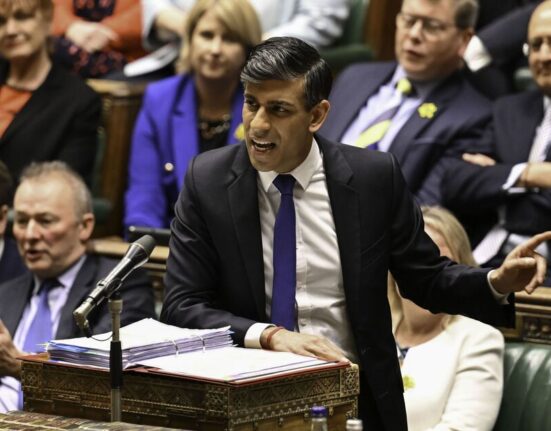House Speaker Mike Johnson (R-Louisiana) was in a tight spot. Recent history had shown that majorities could slip away when leaders championed extensive legislation early on. The mammoth domestic policy agenda proposed by Republicans seemed like a surefire win, but there was a lingering concern — would voters grasp its intricacies?
In the corridors of power, Senator Lindsey Graham (R-South Carolina) likened the bill to a mythical creature, stating, “I’ll tell you, vampires are hard to kill. This bill is hard to kill.” With a slim 51-50 Senate vote margin pushing the legislation forward, concerns arose about whether the public truly comprehended its contents.
Graham bemoaned how months of intense debates over contentious issues within the nearly 900-page bill had clouded its more palatable aspects like bolstering border security. Senator Lisa Murkowski (R-Alaska) echoed his sentiments, emphasizing that numerous provisions were flying under the radar amidst the chaos.
Murkowski shared her frustration:
“There are many provisions in this bill that nobody is really talking about.”
As House Republicans faced mounting pressure to act swiftly on the legislation amid a polarized political landscape, tensions ran high. Both parties felt an urgency to drive their agendas through if they seized control of key governmental branches.
Since 1981, only 13 years saw one party holding power in all three branches—White House, House, and Senate—a configuration known as a “trifecta.” However, history painted a grim picture for presidents facing midterm elections after losing their debut races.
Leaders from both sides convinced themselves that monumental bills were essential to retaining power by appeasing their bases and rallying supporters. Yet this strategy often backfired by alienating independent voters and disappointing extremists who felt shortchanged by compromises made during negotiations.
Eight years ago marked Paul D. Ryan’s ill-fated bet on passing sweeping tax cuts for victory—a gamble that didn’t pay off as expected. Similarly, Nancy Pelosi’s push for transformative legislation met with mixed results during President Joe Biden’s tenure.
Now enter Trump with his grand vision encapsulated in the One Big Beautiful Bill Act—an ambitious mosaic covering tax reforms, national defense funding boosts, social welfare slashes alongside other critical areas. However, past experiences warned against such colossal endeavors triggering voter apathy rather than enthusiasm.
Expert analysis rings true:
“Polls reveal public skepticism towards complex legislative packages.”
Congress found itself entangled in convoluted procedures aimed at cramming diverse policies into singular behemoth bills endorsed through simple majority rulings—a tactic derailing productivity according to data compiled over successive presidencies’ initial phases.
Former glory days where Congress efficiently passed numerous bills seemed like distant memories as recent administrations struggled to match earlier legislative outputs within similar timeframes. Lawmakers now pinned hopes on massive home runs instead of securing incremental wins—an approach yielding lackluster outcomes amidst growing discontent.
Graham highlighted lawmakers’ woes:
“The focus shifted from managing complexity to grasping at straws.”
Amidst criticisms over rushed decision-making processes and opaque agendas clouding vital issues like healthcare affordability and social programs’ sustainability—lawmakers wrestled with reconciling diverse interests while striving for elusive consensus among warring factions.
With calls echoing for strategic segmentation of comprehensive agendas into digestible portions spread across extended timelines—hope flickered for garnering broader public support without overwhelming them with inscrutable mega-bills doomed from inception due to inherent flaws glossed over in zeal for passage.









Leave feedback about this